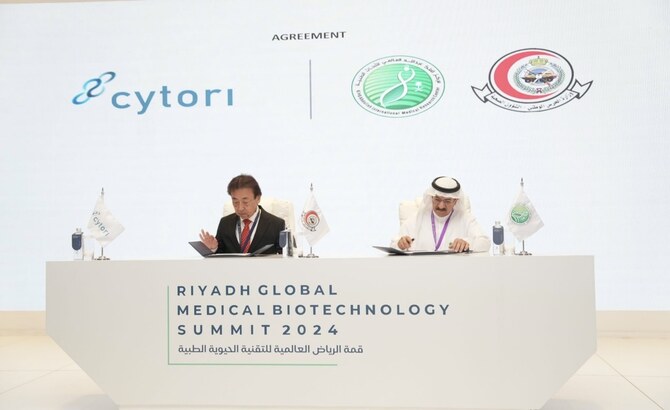CAIRO: Saudi Arabia’s health sector should partly shift focus from the coronavirus pandemic and take measures to address the rapidly growing population, yet another challenge, said a report issued by the Jadwa Investment.
The report said the rapid population growth means a higher number of both youth and elderly groups will be present in the future. The Saudi youth suffer from higher levels of chronic health conditions (compared to OECD averages, for example) while the larger elderly group will require more attentive healthcare services in the future.
Jadwa said the Vision 2030 program envisages a well-developed health sector to face all these issues. And the government seeks to achieve the targets through public-private partnerships, it added.
Traditional issues
The report said life is returning to normality as restrictions have been lifted and vaccination rates have gained momentum, but the health sector needs to focus on the more traditional issues facing the population of the Kingdom and it should partly shift focus from the pandemic.
It also indicated that expenditure on the sector accelerated faster than the population growth. For example, health expenditure per capita surged from SR1,448 in 2000 to SR5,944 in 2019. The rise induced betterment in several health indicators such as infant mortality, life expectancy, and the number of beds in hospitals.
Praising the Kingdom’s approach in containing the pandemic, the Riyadh-based firm stressed the need for more investments and development of the health sector to deal with any untoward situation in the future.
“Effective model”
It said Saudi Arabia’s approach against the coronavirus could serve as an “effective model” for the rest of the world to follow but the health authorities should tread carefully and remain alert to new developments.
It said the initial lockdown in the wake of the pandemic is not the only reason for this favorable assessment. It said Saudi Arabia effectively handled “disease analysis, virus tracking” and the vaccination roll-out program that helped contain the virus. The report said since the virus could persist through different variants due to its mutagenic nature.
The amount allocated for the healthcare sector in the budget for 2020 was SR167 billion ($44.5 billion); however, as the virus started to reach its peak in the middle of the year, the Kingdom decided to pump SR47 billion more into the sector. The extra sum was crucial in providing additional beds for severe cases of the virus, Jadwa said. Additionally, it helped in providing a free, countrywide vaccination program in the Kingdom.
Employment
Concerning employment in the sector, Jadwa said that the number of workers in healthcare tripled in the last two decades, citing data from the General Authority for Statistics and the Ministry of Health. Saudization in the sector also went up to 53 percent from 37 percent over the same period.



























